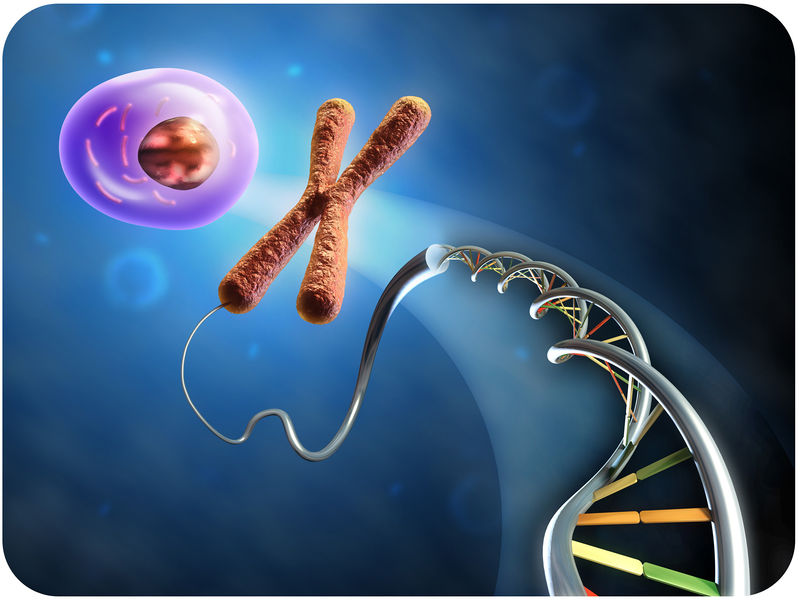Gregor mendelKnown as the "Father of genetics" because of his experiments with pea plants. Mendel spent two years contacting control experiments to ensure pea plants bred true. This meant that round shaped peas produced only round shaped peas and that wrinkled peas produced only wrinkled pea offspring. after Two years of control testing Gregor decided to being his test crossing. He found that crossing a round parent with a wrinkled parent only round peas were produced, it was asif the wrinkled trait had dissapeared! He conducted further experiments including crossing the offspring and this resulted in the reappearance of the wrinkled gene, it was asif it was hidden for a generation.
He collected massive amounts of data that he used to come up with a specific formula for inheritance, He was able to uncover the fact that each individual contained 2 bits of inheritance and only passed one of them on to their offspring. the second fact he uncovered is that some traits are dominant over other traits while some are recessive. Modern Genetics
Mendel laid the foundation for modern genetics, but there were still a lot of questions he left unanswered. What exactly are the dominant and recessive factors that determine how all organisms look? And how do these factors work?
Since Mendel’s time, scientists have discovered the answers to these questions. Genetic material is made out of DNA. It is the DNA that makes up the hereditary factors that Mendel identified. By applying our modern knowledge of DNA and chromosomes, we can explain Mendel’s findings and build on them. In this concept, we will explore the connections between Mendel’s work and modern genetics. Traits, Genes, and Alleles Recall that our DNA is wound into chromosomes. Each of our chromosomes contains a long chain of DNA that encodes hundreds, if not thousands, of genes. Each of these genes can have slightly different versions from individual to individual. These variants of genes are called alleles. For example, remember that for the height gene in pea plants there are two possible factors. These factors are alleles. There is a dominant allele for tallness (T) and a recessive allele for shortness (t). Genotype and Phenotype Genotype is a way to describe the combination of alleles that an individual has for a certain gene (Table below). For each gene, an organism has two alleles, one on each chromosome of a homologous pair of chromosomes (think of it as one allele from Mom, one allele from Dad). The genotype is represented by letter combinations, such as TT, Tt, and tt. When an organism has two of the same alleles for a specific gene, it is homozygous (homo- means "same") for that gene. An organism can be either homozygous dominant (TT) or homozygous recessive (tt). If an organism has two different alleles (Tt) for a certain gene, it is known as heterozygous (hetero- means different). Phenotype is a way to describe the traits you can see. The genotype is like a recipe for a cake, while the phenotype is like the cake made from the recipe. The genotype expresses the phenotype. For example, the phenotypes of Mendel’s pea plants were either tall or short, or they were purple-flowered or white-flowered. Can organisms with different genotypes have the same phenotypes? Let’s see. What is the phenotype of a pea plant that is homozygous dominant (TT) for the tall trait? Tall. What is the phenotype of a pea plant that is heterozygous (Tt)? It is also tall. The answer is yes, two different genotypes can result in the same phenotype. Remember, the recessive phenotype will be expressed only when the dominant allele is absent, or when an individual is homozygous recessive (tt). |
HeredityFlash animationsFiles:Vocabulary
Helpful linksThe "population genetics" video below is looking more towards the connection between this unit and evolution.
|
Below is some practice with Punnett squares, click the gray arrow at the bottom to go to the next page.
Sources of Genetic VariationClick the picture below to watch a flash video about the sources of genetic variation.
|





